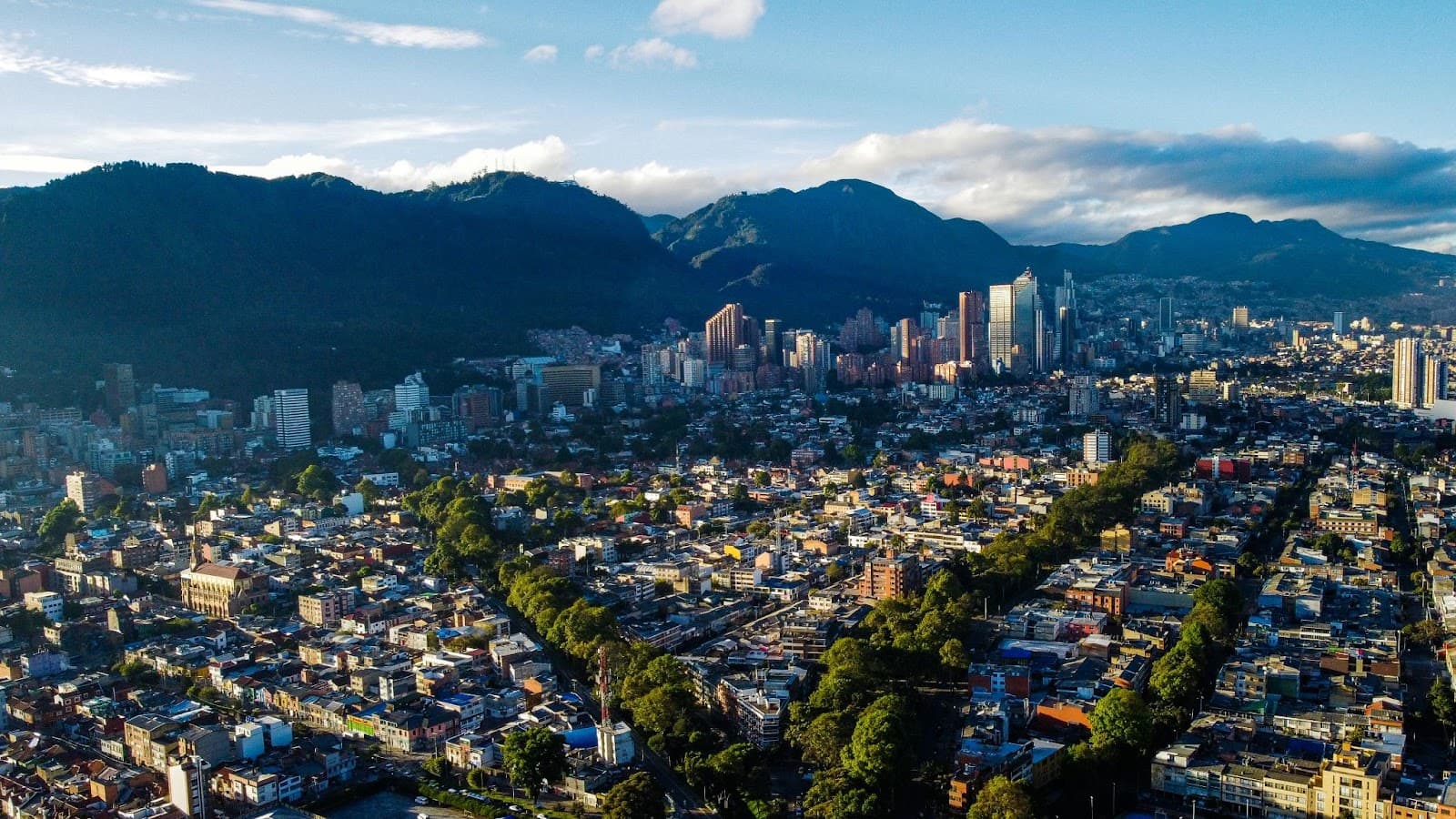The Impact of the Urban Environment on Ecosystems: Research and Conclusions
Urbanization is a defining phenomenon of the 21st century, with more than half of the world’s population now living in cities. This shift from rural to urban living has profound implications for ecosystems globally. The transformation of natural landscapes into urban areas disrupts ecological balance, alters habitats, and impacts biodiversity. This article delves into the various ways urban environments affect ecosystems, summarizing current research and drawing conclusions on the subject.
Urbanization and Ecosystem Changes
The expansion of urban areas leads to significant changes in land use and land cover. Natural habitats such as forests, wetlands, and grasslands are often converted into residential, commercial, and industrial zones. This transformation results in habitat fragmentation, which is the breaking up of continuous habitats into smaller, isolated patches. Fragmented habitats can no longer support the same levels of biodiversity, leading to a decline in species richness.
Moreover, urban areas introduce pollutants into the environment. Air pollution from vehicles and industries contributes to the degradation of air quality, affecting both human health and wildlife. Water bodies near cities often suffer from contamination due to runoff containing chemicals, heavy metals, and nutrients from fertilizers. This pollution can lead to eutrophication, harming aquatic life by depleting oxygen levels in the water.
Urban heat islands are another consequence of urbanization. Cities tend to be warmer than surrounding rural areas due to the absorption and retention of heat by buildings and pavement. This temperature increase can alter local climate patterns and affect species that are sensitive to temperature changes.
Effects on Biodiversity
Biodiversity is crucial for maintaining ecosystem services such as pollination, water purification, and climate regulation. Urbanization impacts biodiversity in several ways:
- Habitat Loss: The most direct impact is the loss of habitats due to land development. Species that cannot adapt to urban environments are at risk of extinction in those areas.
- Introduction of Invasive Species: Cities often become hubs for invasive species that outcompete native flora and fauna, leading to reduced biodiversity.
- Light and Noise Pollution: Artificial lighting and noise can disrupt the natural behaviors of wildlife, affecting feeding, mating, and migration patterns.

Key Impacts of Urbanization on Ecosystems
| Impact | Description | Consequences |
| Habitat Fragmentation | Division of habitats into smaller, isolated patches | Decline in species diversity |
| Pollution | Introduction of contaminants into air, water, and soil | Health issues for humans and wildlife |
| Urban Heat Islands | Higher temperatures in cities compared to rural areas | Altered local climates |
| Invasive Species | Non-native species introduced into new environments | Outcompete native species |
| Light and Noise Pollution | Excessive artificial light and noise in urban areas | Disruption of wildlife behaviors |
Major Impacts of Urban Environments on Ecosystems
- Alteration of Natural Habitats: Urban development replaces natural landscapes with man-made structures, leading to habitat destruction.
- Climate Change Contribution: Cities contribute significantly to greenhouse gas emissions, exacerbating global climate change.
- Resource Depletion: Urban areas consume large amounts of resources, leading to overexploitation of natural resources elsewhere.
- Water Cycle Disruption: Impervious surfaces prevent water infiltration, altering groundwater recharge and increasing runoff.
- Air Quality Degradation: Emissions from transportation and industries lead to smog and acid rain, affecting both terrestrial and aquatic ecosystems.
Strategies for Mitigating Negative Impacts
- Urban Planning: Incorporate green spaces and corridors to connect fragmented habitats.
- Sustainable Transportation: Promote public transit, cycling, and walking to reduce vehicle emissions.
- Green Building Practices: Utilize energy-efficient designs and renewable energy sources.
- Pollution Control Measures: Implement strict regulations on industrial emissions and waste management.
- Community Engagement: Educate the public about the importance of biodiversity and how to protect it.
The urban environment has a multifaceted impact on ecosystems, influencing everything from local biodiversity to global climate patterns. Research indicates that while urbanization poses significant challenges to ecological balance, there are strategies that can mitigate these effects. Sustainable urban planning, pollution control, and conservation efforts are essential to preserve ecosystems amid growing urban landscapes. By integrating environmental considerations into urban development, it is possible to create cities that coexist harmoniously with nature.
Frequently Asked Questions
How does urbanization specifically affect local wildlife?
Urbanization leads to habitat loss and fragmentation, making it difficult for local wildlife to find food, shelter, and mates. The introduction of invasive species and increased pollution further threaten native species, often resulting in reduced populations or local extinctions.
Can urban environments have any positive impacts on ecosystems?
Yes, urban environments can support ecosystems through green spaces like parks, urban forests, and green roofs. These areas can provide habitats for certain species, promote biodiversity, and offer ecosystem services such as air purification and temperature regulation.
What role can individuals play in mitigating the impact of urbanization on ecosystems?
Individuals can contribute by supporting and participating in urban greening projects, reducing their carbon footprint, properly disposing of waste, and advocating for environmentally friendly policies. Educating oneself and others about environmental issues also plays a crucial role in collective efforts to mitigate negative impacts.
